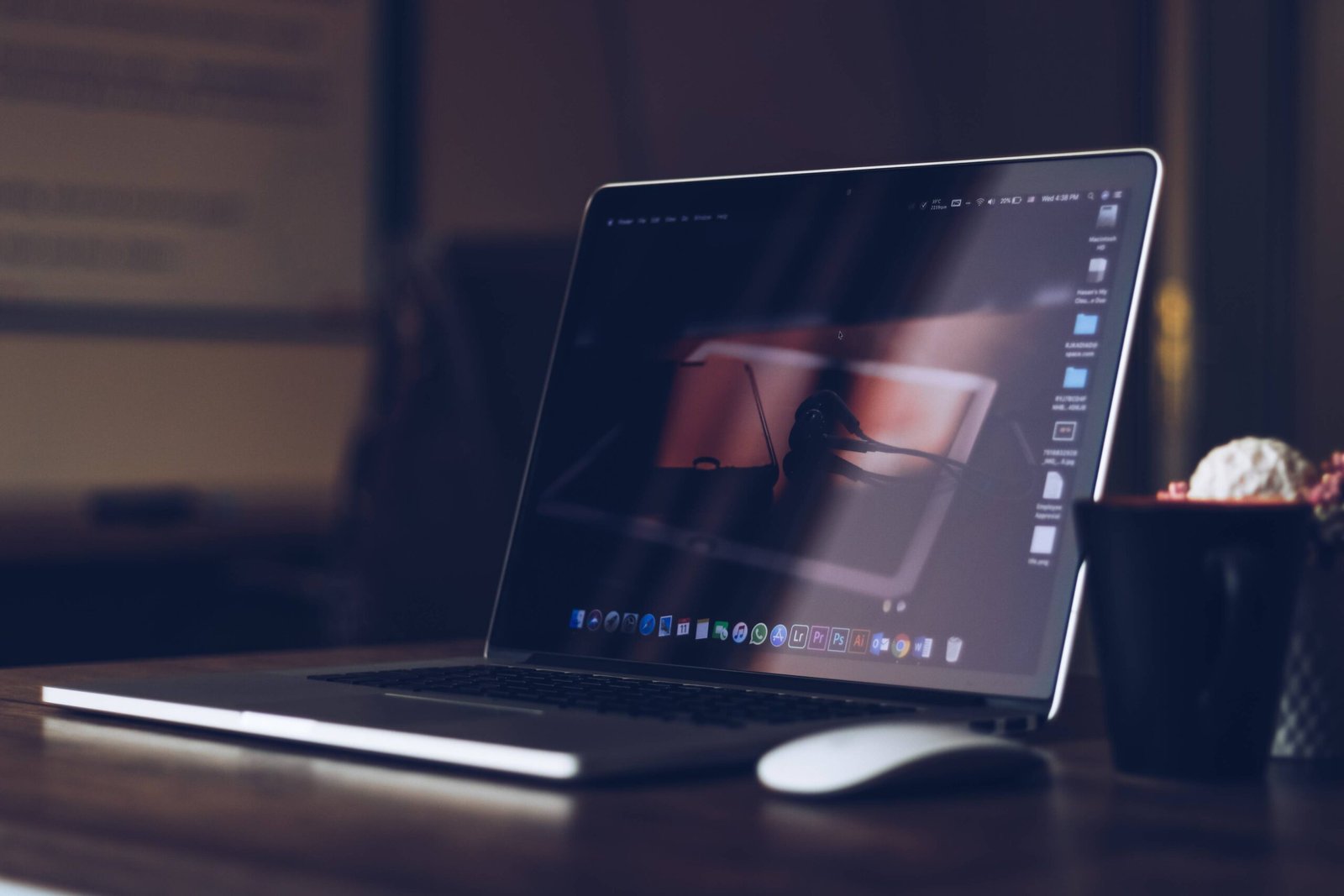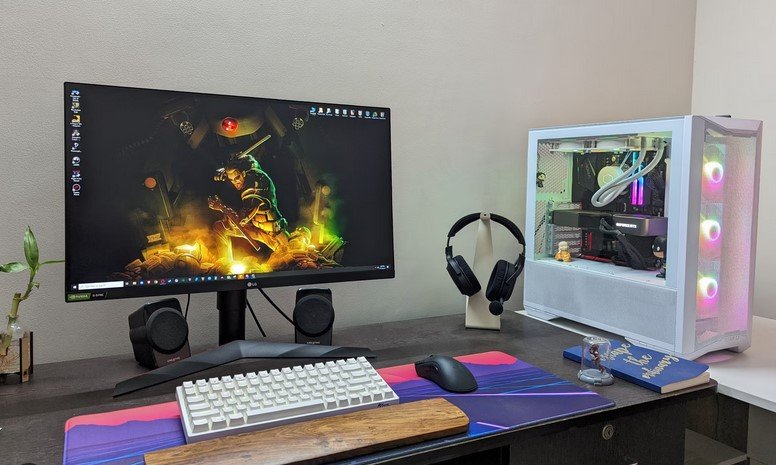Keeping your computer in top shape is essential for ensuring it runs smoothly and lasts as long as possible. Regular maintenance can prevent issues before they become major problems, saving you time and frustration. In this guide, we’ll share the best tips for maintaining your computer, helping you keep it in prime condition.
Regular Software Updates
One of the simplest ways to maintain your computer is to keep its software up to date. Software updates often include important security patches and performance improvements.
Update Operating System
Make it a habit to regularly check for and install updates for your operating system. Whether you’re using Windows, macOS, or another OS, updates can fix bugs and enhance performance. On Windows, go to Settings > Update & Security, while macOS users should visit System Preferences > Software Update.
Update Software Applications
Similarly, ensure that all your applications are up to date. Outdated software can be vulnerable to security threats and may not perform as well as its latest version. Most applications will notify you when an update is available, but you can also check manually.

Perform Regular Backups
Backing up your data is crucial for protecting against data loss. Regular backups ensure that you can recover important files if something goes wrong.
Use Built-In Backup Tools
Both Windows and macOS offer built-in backup tools. Windows users can use File History, found in Settings > Update & Security > Backup. macOS users should use Time Machine, accessible through System Preferences. These tools allow you to back up your files to an external drive or cloud storage.
Consider Cloud Storage
In addition to physical backups, consider using cloud storage services like Google Drive, Dropbox, or OneDrive. Cloud storage offers an additional layer of protection and allows easy access to your files from any device.
Clean Up Your Hard Drive
Over time, your hard drive can become cluttered with unnecessary files, which can slow down your computer.
Remove Unnecessary Files
Regularly delete files you no longer need. This includes old documents, downloads, and temporary files. On Windows, you can use the Disk Cleanup tool, and on macOS, you can manually remove files or use the Optimize Storage feature in About This Mac.
Manage Installed Programs
Uninstall programs you no longer use. These programs can take up valuable space and resources. On Windows, go to Control Panel > Programs and Features. On macOS, drag unwanted apps to the Trash.
Protect Against Malware
Malware can cause significant damage to your computer and compromise your data. To keep your computer safe, take these steps.
Use Antivirus Software
Ensure that you have reliable antivirus software installed and running. Regularly update the software to protect against the latest threats. Most antivirus programs offer real-time protection and can automatically scan your computer for malware.
Avoid Suspicious Links and Downloads
Be cautious when clicking on links or downloading files from unknown sources. Avoid visiting suspicious websites and be wary of email attachments from unfamiliar senders.
Keep Your Computer Physically Clean
Physical cleanliness can also impact your computer’s performance. Dust and debris can cause overheating and hardware issues.
Clean the Exterior
Wipe down your computer’s exterior with a soft, dry cloth to remove dust and smudges. Avoid using harsh chemicals or getting moisture into any openings.
Clean the Interior
If you’re comfortable doing so, periodically open your computer case and carefully clean the interior with compressed air. This helps remove dust from fans and vents, which can prevent overheating.
Manage Startup Programs
Managing which programs start up with your computer can improve boot times and overall performance.
Adjust Startup Settings on Windows
To manage startup programs on Windows, open Task Manager by pressing Ctrl + Shift + Esc. Go to the Startup tab and disable programs that aren’t necessary.
Adjust Startup Items on macOS
On a Mac, go to System Preferences > Users & Groups, select your user account, and click on Login Items. Uncheck programs you don’t need to start automatically.
Conclusion
Maintaining your computer involves a combination of software management, data protection, physical cleaning, and performance optimization. By following these tips, you can keep your computer running smoothly, extend its lifespan, and ensure it continues to meet your needs effectively. Regular maintenance not only prevents issues but also enhances your overall computing experience. Implement these practices, and your computer will thank you with improved performance and reliability.










